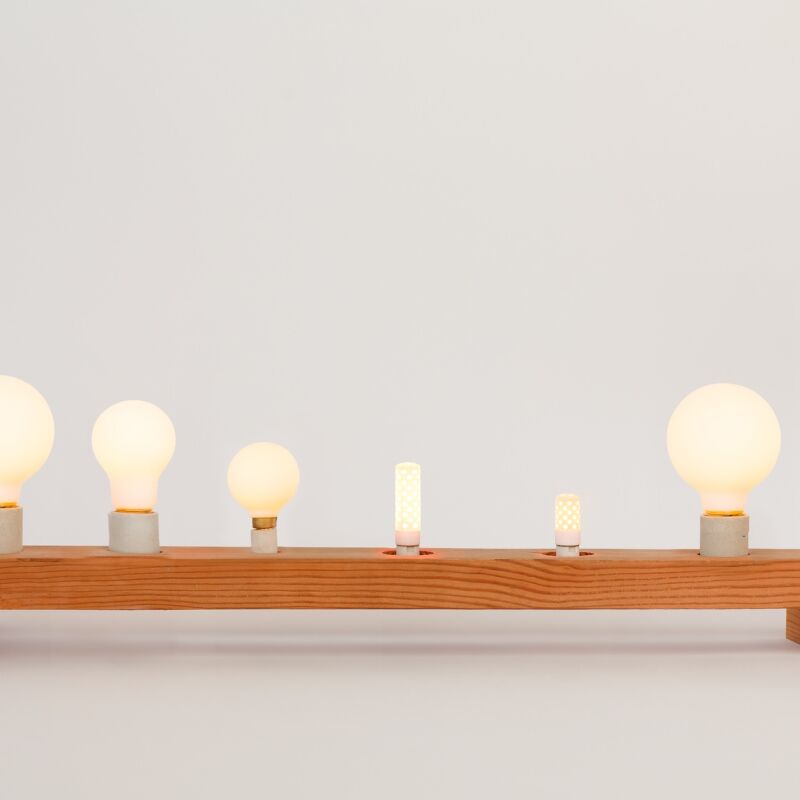In the San Francisco Bay Area, where architects have to figure out how to make their mark against the city’s strong backdrop of historical buildings, Douglas Burnham of Oakland-based Envelope A+D (a member of the Remodelista Architect/Designer Directory) has been able to find the right balance. He’s known for his edgy restaurant interiors, but he’s also been the talk of the town for his Clipper Street Residence, a Victorian that he brought into the modern age. Curious about how he settled on the color of the house, we talked to Burnham about his thought process and the steps he went through to achieve the perfect shade of black.

Above: The Clipper Street Residence in Noe Valley.
RM: Why did you choose to paint the house black?
DB: We were interested in referencing the European tradition of black houses (in Amsterdam and in the UK, black houses have a very sophisticated urban quality) and placing it a San Francisco context of pastels and painted ladies.
RM: What happens when you paint a Victorian a single shade?
DB: The detailing on the house was a little strange. There was some filigree that looked like marshmallows on a stick–it was kind of ugly. So going with a single shade was a way to push all of that back and turn it into texture, rather than pattern.
RM: What paint did you use?
DB: It’s a custom color that we created through a sampling process. We often mix our own paints, looking for unusual colors. Here, we took a can of straight black and another can of the darkest blue, and we made 12 samples in a range from black to blue. Our final pick was one that was closest to the straight black; it was about 75 percent black and 25 percent blue. Then we took it to the paint store and turned it into a formula so we could order it in quantity. It’s a Benjamin Moore exterior paint with a soft gloss.

Above: Images of paint chips via Murobond.
RM: Why not just go with straight black?
DB: A pure black house is a little bit “witchy,” and blue-black has a vibrancy to it. If you drive by the house really quickly, it reads as black, but if you look at it from the street, it’s definitely blue-black. It’s an idea we’ve played with before–my own house is painted brown-black, and I went through the same process, using standard paint, to come up with a color that has a warmth and richness to it.
RM: Any suggestions for trying this at home?
DB: Don’t be afraid to dive in. It’s a very straightforward process. Just use a measuring container and mix up your samples. Keep in mind that the right shade will be different for every location, because the quality of light will be different and the surrounding environment will be different. Also, if you’re repainting a whole house, we’ve found that you need a four-by-four-foot section so that you can really see what it looks like. We’ve tried going with a smaller area, and it just doesn’t quite work.




Have a Question or Comment About This Post?
Join the conversation (2)